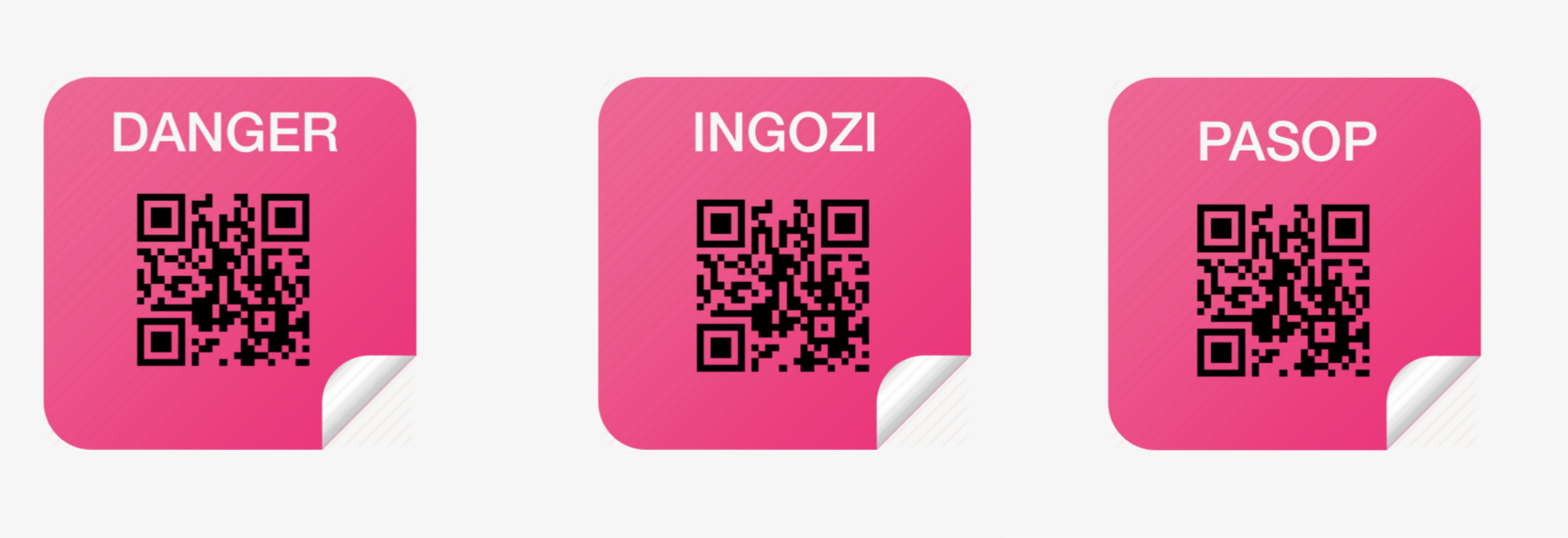GCRO: State of the Art: Gender and Urban Research
[re]
2019
Gauteng City-Region Observatory (GCRO), University of Witwatersrand, Johannesburg, South Africa
Colloqium presentation
by Khensani de Klerk, chaired by Dr Margot Rubin and Dr Alexandra Parker
︎ presentation document
This colloquim contribution discusses the relationship between digital media and the every day lives of women of colour in South Africa, exploring how this confluence creates ideas for improved safety and reduced gender-based violence.
<<In South Africa, women of colour have the least rights to the city, by virtue of racial historical oppression and the current patriarchal paradigm of the history (Collins, 2008) . These rights describe a participation in decision making which, when withheld, becomes an act of violence. The internet is a useful tool for mobilising women and girls (Travers, Shaw, McCleery, 2016) The physical landscape of South African cities is a result of intertwined social, racial, economic layers defining an infrastructural geography that perpetuates segregative violence. The digital geography gives women a place to identify physical public spaces of concern, giving reason to that concern and feeding into information modelling tools (eg built information modelling i.e. BIM) for new built development. With improved access to the internet of things, and the normalisation of data collection; urban planning will inevitably mould Intersectional Space: spaces in which multiple identity groups are considered (de Klerk, 2017). The interplay between digital and physical is not exclusive to women, but instead presents humans with choices to reconstruct themselves by way of technology (Seu, 2019) >>



Khensani Jurczok-de Klerk© 2024
